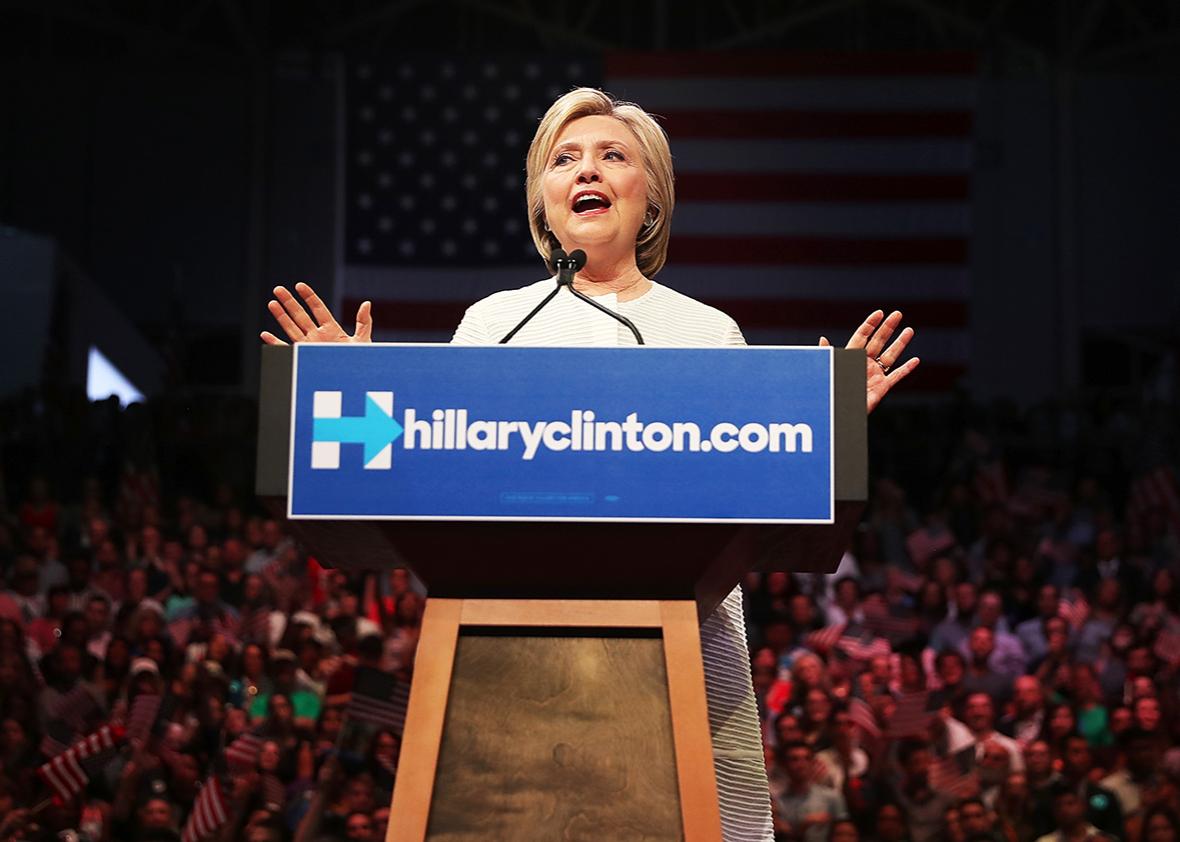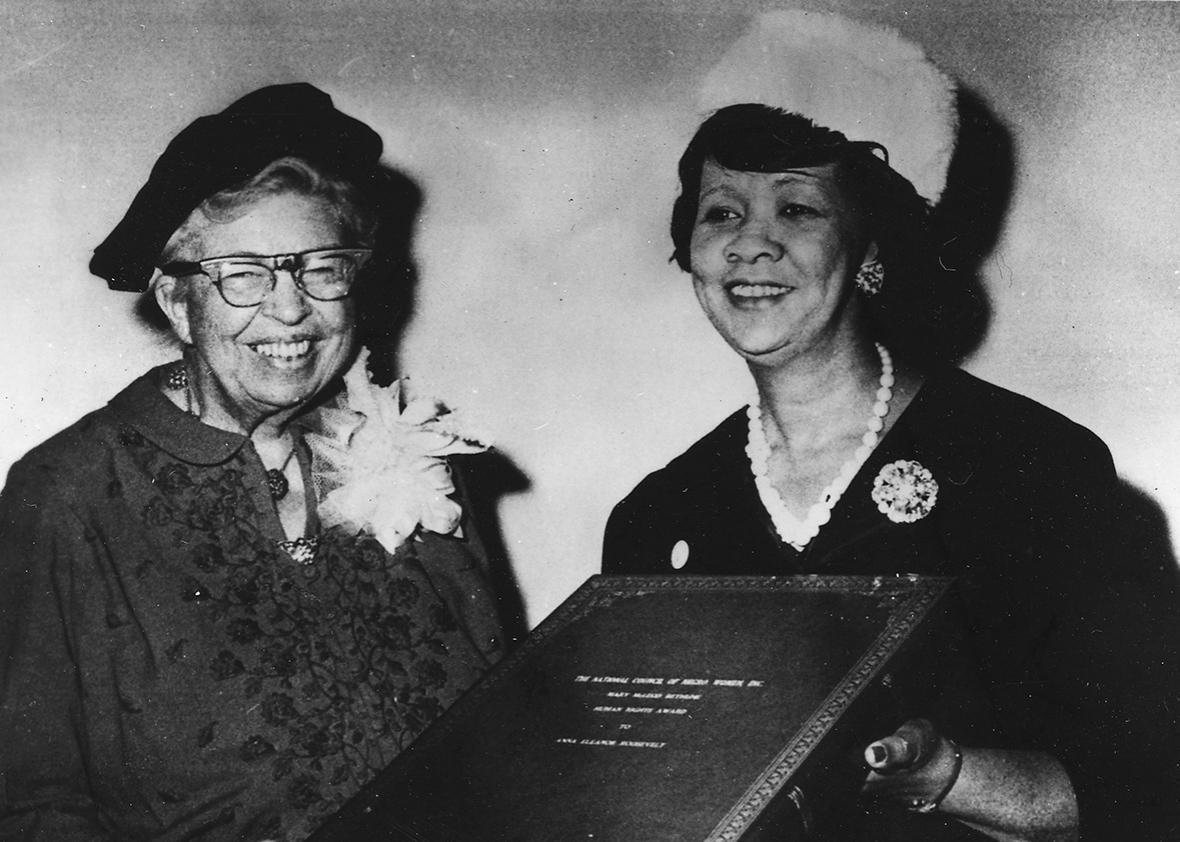In June, Hillary Clinton took the stage in Brooklyn to celebrate securing enough delegates to become the presumptive Democratic nominee for president of the United States. In marking the historic occasion, Clinton invoked her late mother, Dorothy Rodham, born on June 4, 1919. “On the very day my mother was born in Chicago,” she told the crowd, “Congress was passing the 19th Amendment to the Constitution. That amendment finally gave women the right to vote.”
Ratified in 1920, the 19th Amendment did prohibit federal and state governments from denying citizens the right to vote on the basis of sex. But the story is more complicated than that. The claim that it established universal suffrage for all women in the U.S. is something of a myth. Although the 19th Amendment extended the right to vote to millions of women, millions of women were already enfranchised, and millions more continued to be disenfranchised for decades after 1920.
Following the Civil War, women in dozens of cities across the country initiated campaigns to cast their ballots for public office but were thwarted by unfavorable federal court rulings. In 1872, Victoria Woodhull ran for president on the Equal Rights Party ticket with the former abolitionist and women’s rights advocate Frederick Douglass as her running mate, but few took them seriously.
In the late 19th century, suffragists waged state and territorial campaigns to secure voting rights. Their greatest success came in the Trans-Mississippi West, which has often been hailed as the vanguard of the women’s suffrage movement. With states in this region newly established and seeking both settlers and stability, they encouraged women to migrate by offering them their share of the ballots. By 1916, 4 million women in Western states had won full suffrage. They could vote in presidential elections in 11 states: Arizona, California, Colorado, Idaho, Kansas, Montana, Nevada, Oregon, Utah, Washington, and Wyoming. And, women in another four states acquired the right to vote before 1920. Yet even in this progressive region, most women’s suffrage laws included racial exclusions. Idaho denied American Indian, Chinese American, and Mormon women the right to vote. Arizona refused the vote to most women of Mexican descent.

Justin Sullivan/Getty Images
After ratification of the 19th Amendment, millions of other women, most significantly black Americans in the South, remained disenfranchised. The 15th Amendment, ratified in 1870, had attempted to combat racial discrimination in voting but left open voter-suppression measures such as poll taxes, literacy tests, and grandfather clauses, all of which Southern states used as obstacles to prevent black men—and, after 1920, black women—from participating in electoral politics. At the same time, Latinas and American Indians who did not speak and write English were refused ballots in cities and states where they constituted a significant share of the population, including Texas, Arizona, Florida, Alaska, and New York City.
In the five decades following the 19th Amendment, women of color organized and protested in a variety of ways. Black women, led by Mary Church Terrell, president of the National Association of Colored Women, demanded that their white allies in the suffrage movement, such as those in the predominantly white National Woman’s Party and the League of Women Voters, join them in the fight to abolish literacy tests and other obstacles. However, NWP founder Alice Paul and LWV president Carrie Chapman Catt rejected their appeals on the grounds that such barriers were rooted in race, not gender—in effect declaring the women’s suffrage movement over and insisting their work was done.
In the following decades, black women—such as Dorothy Height of the National Council of Negro Women and Ella Baker of the NAACP and the Student Nonviolent Coordinating Committee—refused to capitulate. They stood beside and even led black men in the civil rights struggle that culminated in the 1960s. A semblance of full enfranchisement came only with another legislative milestone, the 1965 Voting Rights Act. But the struggle did not end there, as Spanish-speaking and other non-English-speaking minorities fought and gained access to bilingual ballots in polling places as enacted in the 1975 extension of the Voting Rights Act.
It is important to celebrate milestones. It is just as critical to recognize them as markers on longer journeys toward freedom and equality. Especially in an era when states are using voter ID laws and other measures to suppress minority voting power, we should not turn the milestone of the 19th Amendment into the myth of universal women’s enfranchisement. If we do, we risk diminishing the lengthier and more arduous struggles to achieve gender and racial equality in the political arena. Political revolutions take a long time and hard work. Hillary Clinton’s nomination for president is an important milestone, but not the final step, along this path.
